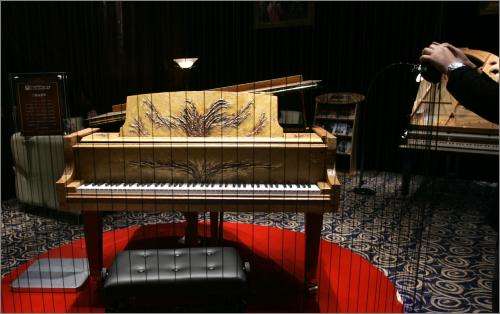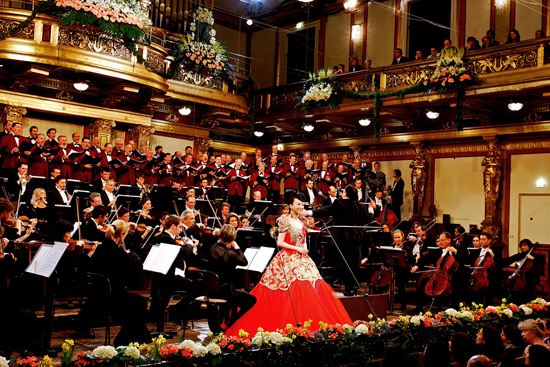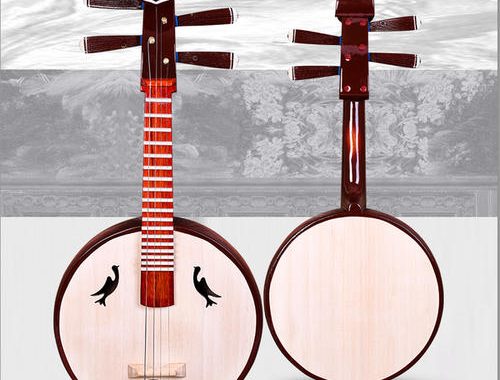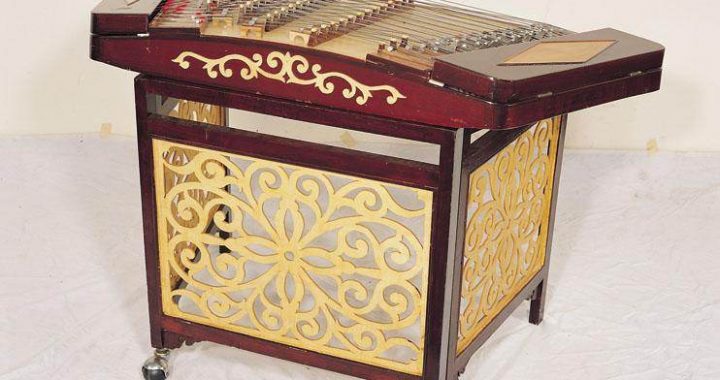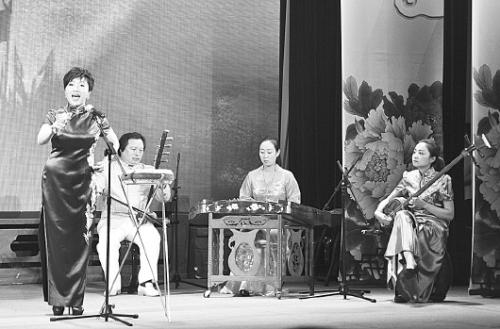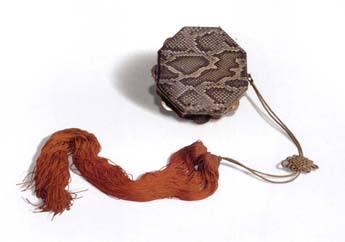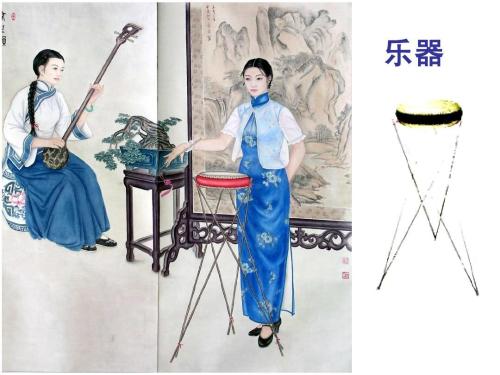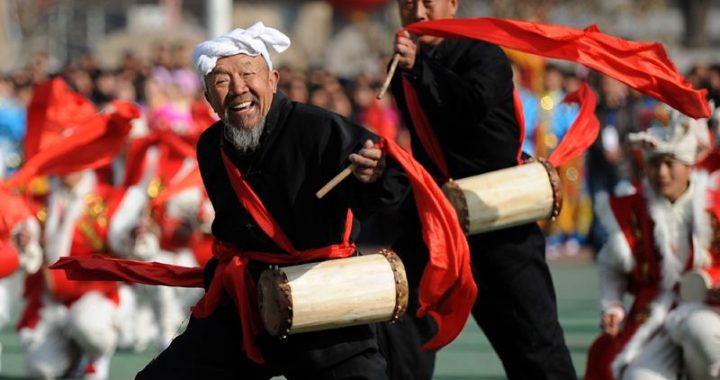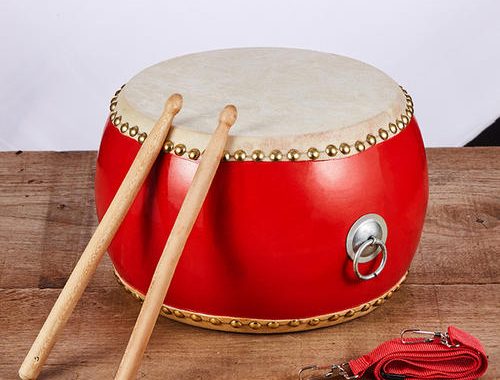Taking the world stage: Chinese musical instruments look to the future
2 min readChina’s musical instruments, with a history reaching back to the remote past, are a priceless resource created not just by the Chinese people, but by the entire human family. The pipa (lute), widely used in tra-ditional Chinese music, originated in the ancient Fertile Crescent of the Middle East, entering China during the Han-Wei period (202 BC-263 AD). Today, 2000 years later, the pipa has become one of China’s most representative musical instruments, with a body of works, playing techniques, and musical traditions that embody the distinctive features of Chinese culture.
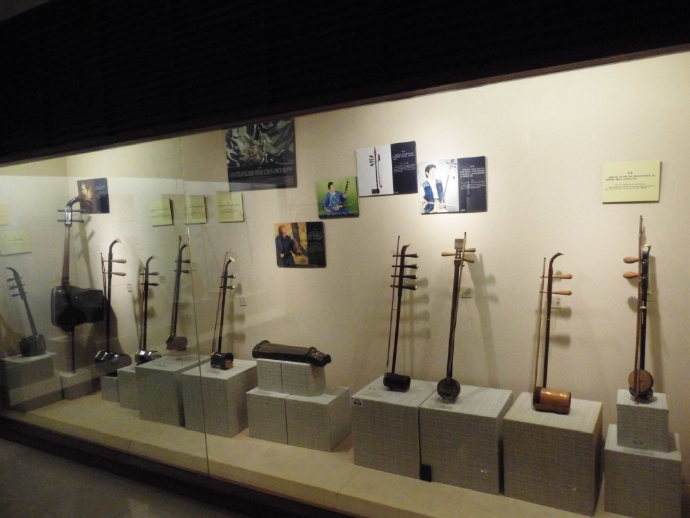
Chinese musical instruments have also been instrumental in promoting the development of musical in-struments around the world. The sheng (reed pipes), also known as the Chinese pipe organ, was introduced from China to Persia via the Silk Road many centuries ago, subsequently spreading from Persia to Europe.
This type of multi-pipe reed instrument, capable of producing numerous tones at once, can be used to play stirring melodies as well as deeply emotional chordal music. It was a great invention of the Chinese people.
In 1810, a French instrument maker utilized the acoustic principles of the sheng to invent the pipe organ.
In 1821 , a German instrument maker used these principles to invent the harmonica and several years later the accordion. The Chinese sheng has added an important chapter to the annals of world music, and brought a dazzling luster to the world’s treasury of musical instruments.

Goose-head tunable konghou (harp)
Since the founding of the People’s Republic of China in 1949 , the Chinese government has put a strong emphasis on the protection, recovery, and reform of traditional Chinese musical instruments. Traditional Chinese instrument factories have been established in localities including Beijing, Shanghai, Tianjin,Wuhan, Suzhou, Guangzhou, and Guizhou. In addition to manufacturing common instruments, regional instruments, and ethnic minority instruments, these factories also reproduce various ancient instru-ments, reviving a number that were on the brink of extinction. Collaborating with music academies, they have created reproductions of the konghou (harp), an ancient plucked string instrument which had been lost to history, producing over ten prototypes of various sizes and types. These include the double-string konghou, the goose-head konghou, and the tunable konghou. As a result, this ancient Chinese instrument has been reborn to once more take its place on the stage.
